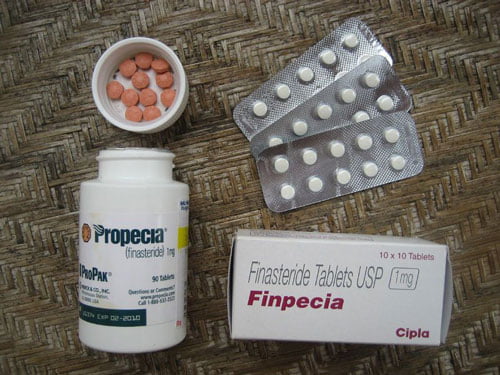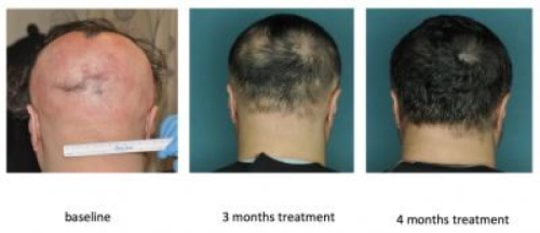
OxyContin, in 80 mg pills. (file photo)
DES MOINES — While opioid misuse continues to grow in Iowa, a new state report issued Tuesday indicates methamphetamine and marijuana rank among the most-common addictive substances threatening the health and safety of Iowans.
Steve Lukan, Director of the Governor’s Office of Drug Control Policy, said the prevalence of addictive drugs. and the increase in their potency cited in the newly released 2018 Iowa Drug Control Strategy, are a primary focus of substance abuse prevention.
“Those who produce and sell illicit opioids, meth, and marijuana concentrates are making them cheaper and more powerful for profit,” said Lukan. “Unfortunately, it also makes already problematic drugs even more dangerous for users, and in the case of opioids more lethal.”
Lukan said new state data mirrors a recent federal Drug Enforcement Administration national drug threat assessment that points to a “widening impact of the opioid epidemic in Iowa,” along with more methamphetamine trafficking and use.
“Given the prevalence of these and other addictive drugs, many of which are increasing in potency, we must redouble efforts to prevent all forms of substance abuse by younger and older Iowans alike,” he said.
On the positive side, Lukan said Iowa maintains one of the lowest overall rates of illegal drug use in the nation at 6.27 percent — below the national average of 9.77 percent and second only to South Dakota at 5.82 percent.
Also, the current use of alcohol and tobacco continued to decline last year based on self-reporting by 11th-graders in Iowa high schools, with the overall level cut in half over the last 14 years — 21 percent and 10 percent, respectively, in 2016 compared to 43 percent and 23 percent in 2002, Lukan noted.
At the same time, one in five Iowa adults was classified as a binge drinker in 2016, and Iowa’s 21.2 percent rate exceeded the national average of 16.9 percent. Also, alcohol- and drug-related traffic fatalities continued rising last year, with fatal crashes involving drugs or drugs and alcohol combined hitting an all-time high of 84 in 2016 versus the previous high of 72 in 2005, and fatal crashes attributed solely to alcohol reached a nine-year high of 107 in 2016.
Current marijuana use among 11th-graders continued a more gradual decline (10 percent in 2016 versus 15 percent in 2002), as did non-medical use of prescription medications (4 percent in 2016 versus 7 percent in 2005), according to the latest statewide data. Methamphetamine use among youth remains low, as does the use of other substances, while slightly more 11th-graders reported current use of electronic cigarettes compared with tobacco cigarettes in 2016 (11 percent “e-cigarettes” versus 10 percent tobacco cigarettes), the report indicated.
Another plus for the state is the fact that meth labs are becoming relatively rare, with 85 reported last year and reports this year on pace to total fewer than 50, which would be the lowest level since 1996 and would compare to 1,500 in 2004.
Turning to the ongoing problems associated with increased opioid use, Lukan noted that use of the lifesaving opioid overdose reversal drug, naloxone, continues to increase statewide among first responders, family members and friends since state policy makers made it more accessible. The number of physicians approved to prescribe Medication Assisted Treatment to Iowans addicted to opioids stands at 51.
Also, the number of local prescription drug “Take Back” receptacles now available year-round for Iowans to safely dispose of leftover pain relievers and other medicines has increased threefold over the last two years to 191, including at least one site in every county, Lukan noted.
Among the negative factors, alcohol- and drug-related hospital emergency department admissions, including for marijuana and opioids, continued an upward trend in 2016, according to the report. Of the 46,429 substance use disorder treatment admissions in fiscal 2017, those citing methamphetamine as their primary substance reached an all-time high level of nearly one in five (19.8 percent) but alcohol remained the most-cited substance by those in treatment (45.2 percent), followed by marijuana (25.3 percent), meth, and others. Heroin was cited as a primary substance by 2.5 percent of admissions, while 6.2 percent cited other substances including prescription drugs.
Overdose deaths caused primarily by opioids totaled 86 in 2016 (70 prescription and 16 heroin), while opioid-related overdose deaths rose to an all-time high of 180, the report noted.
“As the data suggests, a comprehensive response is required to effectively address all forms of substance abuse impacting not only young Iowans, but adults too,” said Lukan. “The State’s Drug Control Strategy provides a framework for working together to reduce risks and strengthen resiliencies to achieve the quality of life valued by all Iowans.
“Improper drug use is a preventable behavior, drug addiction is a treatable disease, and drug trafficking is a public safety threat,” he added. “From talking with children about the dangers of drugs, to properly storing and disposing of prescription medicines, to helping a loved one in need of help to treat an addiction, all of us have an important role in reducing substance abuse in Iowa.”
The 2018 Iowa Drug Control Strategy was developed in coordination with Iowa’s Drug Policy Advisory Council and others. The complete annual report is available at the https://odcp.iowa.gov website.
[“Source-thegazette”]




















